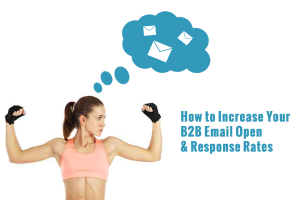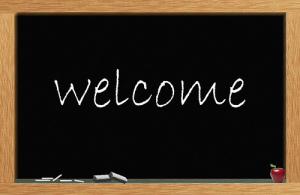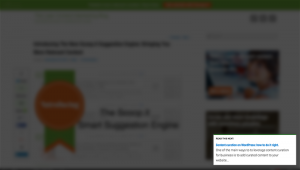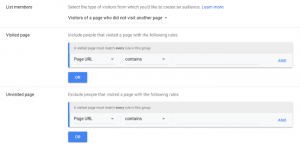— August 10, 2017
Whether it’s for business or for pleasure, following up via email is a timeless to-do for anyone wanting to stay top-of-mind with colleagues and friends. For small business owners, email follow ups are key to perpetuate business, especially with the reliance on referrals.With the busyness of our professional and personal lives, keeping in touch – especially with those you don’t see on a daily basis – can be difficult, and sometimes we can lose business (and relationships!) because of that.
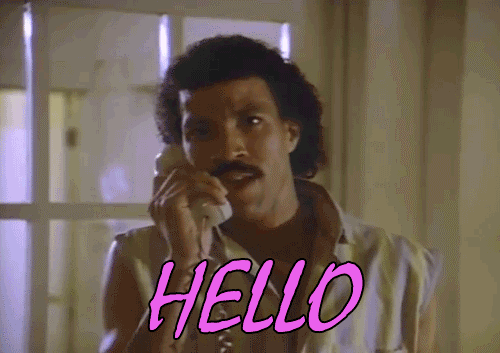
You genuinely care about your clients; but even if you do send an email now and again, it can feel like they blend in with the rest of the emails piling up in their inboxes. However, there are a few easy things you can do to maximize your gain from email follow-ups and to make sure they don’t go unnoticed.
Everything you need to know on how to follow up:
What to send
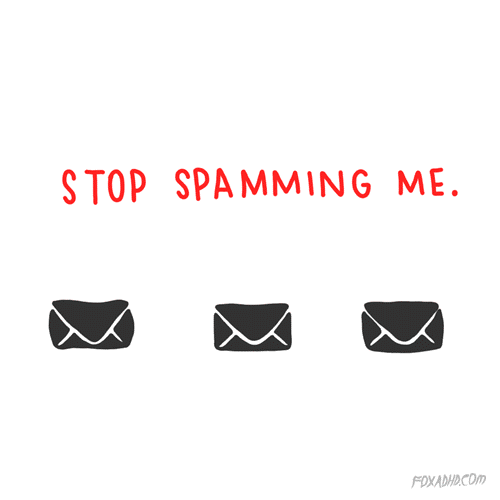
Determine an objective. In short, cut to the chase – What is the purpose of your follow up? Want another meeting? A referral? Just want to catch up? Be concise, precise, and informative – with clear calls-to-action (CTAs). Give your client all they need within the email to complete whatever you’re asking them to do – present some value! For example leave links, contact information, etc.
Share an interest. According to Marketing Charts, more than half (58%) of people surveyed said they would not open an email if it doesn’t look relevant to them. Follow up on your client’s’ interests, and be specific. Bring up an old event where you guys met. Share a link to a book signing you think your client might like. Even if you don’t share a mutual interest, you can include something that you know your client will take interest in – they will appreciate that you took the time to indulge in their own hobbies.
Additionally, if you haven’t see them in a while, pick up the phone and give them a call instead. Sometimes, just a broad “how are you?” can be too vague to reply via email and thus may be pushed to the back of your client’s mind. If you only have time for an email, just check up on them on social media like Facebook, LinkedIn, or Twitter and see what they’re up to; ask them about something specific. If they just got promoted, send a congratulatory email on the new job!
Know thy audience. Remember that you are not speaking to this person in person; speak to them in a language – formal or not – that they will easily be able to understand and consequently appreciate. Cater to the reader: nothing’s worse than the receiver of your follow-up being left confused by your email and subsequently push back responding altogether. Going out of your way to formulate a personalized email will show your client that you were thoughtful about them when crafting it, instead of just blasting off a generic mass email.
Nail the subject line. Remember to craft the perfect subject line! It’s the first thing people see when they receive your email, so this is your chance to grab their attention! Believe it or not, but 35% of email recipients open emails based solely on the subject line. Keep it short and sweet – an extremely long subject line immediately loses the attention of the reader. Craft a subject that evokes an emotional response: make them laugh, make them awe, etc_____.
Either way, they will be more likely to open your email if they are emotionally moved by it. For instance, give them some incentive – if you’re offering a 10% discount, say it in the subject line! They will (be happy) and open your email with excitement.
Set an appointment. If you set or request a time/date for some sort of meeting or event, your clients will be more likely to engage with you, even if their response is “no.” Because you took the time to request in-person time with them, they will be more likely to respond…
What not to send
No impersonal mass email. We all have busy lives, and it’s much easier and quicker just to mass email clients to invite them to an event or just asking to catch up. Now, there’s nothing wrong with the mass email, just the impersonal ones. Emails blasted out to all contacts are often criticized for being too generic/impersonal – but this doesn’t have to be the case!
Make your emails genuine by mentioning a few points specific to that individual. Inauthentic emails can undercut credibility – an average buyer gets somewhere around +100 emails a day, but only opens 23 percent of them – and an impersonal email will quickly be diverted to the Spam inbox.
Don’t link dump. Just from a glance, an email with an overload of links can be a bit overwhelming to the reader. If you include a link, customize it with a Bitly link so the link not only looks better than a bunch of smashed random keys and you’ll be able to track how many people opened it, where (geographically), and from what site.
When to send
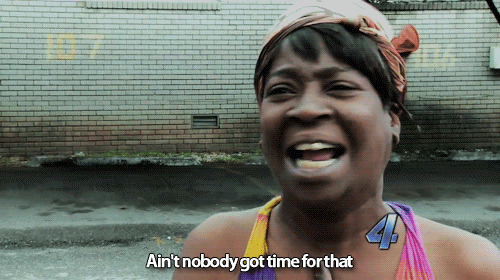
Be polite and respectful of your client’s time. Give your contacts a day or two as a chance to respond and possibly even think on the context of your original email and then shoot off your follow-up. Don’t be pushy or passive aggressive – it will repel your clients from responding, and they will be more likely to not engage or unsubscribe.
Increase your email IQ. There are certain times of the day within each week for each type of lead that maximizes email open and/or response rate.


Timing for specific events. According to Hubspot, there are certain ranges of time after specific occasions that are prime-time for email follow up:
- 24 hours after a meeting, interview, or conference
- 48 hours after submitting a job app
- 1-2 weeks follow up on a meeting request/no job offer response
- Every 3 months – catch up with a connection
Important/Miscellaneous Tips
The Break-Up Email. After a few follow ups with no responses, you might want to send the breakup email. Like an “Unsubscribe” button, this email will have you personally ask your client if you should stop sending these emails. This will be more of an incentive to respond (if you think your emails have been lost in their inbox) and will serve as a reminder that they should respond or they could lose you.
Remember to proofread! Nothing says “unprofessional” like a misspelled word or grammar mistake. If you’re unsure about your email, ask a friend to proofread it to you before you send it out. A third party will be able to catch the mistakes that you miss – you don’t want to realize a grammar mistake or misspelling after you already sent the email.
Leave your contact information. Address, phone number, email, etc – you want to make it as easy as possible for them to reach you (give them all the tools!)
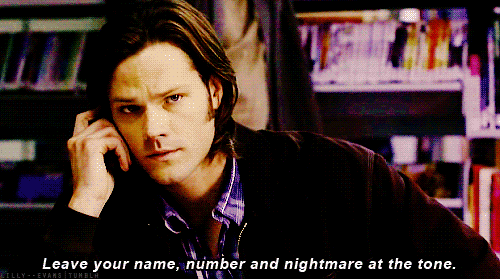
Automated follow-up tools
Contactually. Yes, that’s us! The Contactually dashboard acts as a home base, organizing all your contacts, messages, and appointments. With Contactually, you can send out dozens of emails out at one time while still picking individual ones and personalizing them for certain contacts in a matter of minutes (#ScaleMail). Bucket your contacts into certain groups to send relevant emails, as well as review past interactions and sync your calls and texts you make on your phone.
Boomerang. Just like Contactually, you can schedule an email to be automatically sent out at a later date and/or time. Boomerang also reminds you to follow up with someone if a certain number have days have passed since you sent out an email to a client and they still haven’t responded.
Hubspot Sales. This platform has the ability to notify you when a specific lead opens your email, clicks a link within the email, or downloads something from it.
Newton. One special feature of this app is its ability to Undo Send – this means that if you send out an email with a mistake, that’s missing an attachment, you can rescind the sent email and pull it out of the receivers inbox before it’s too late! Additionally, you also can snooze certain contacts and email – only deal with your inbox when you’re ready!
Key Follow Up Takeaways:
- Keep it brief
- Keep it relevant
- Be informative and precise
- Make it personal!
Happy emailing!
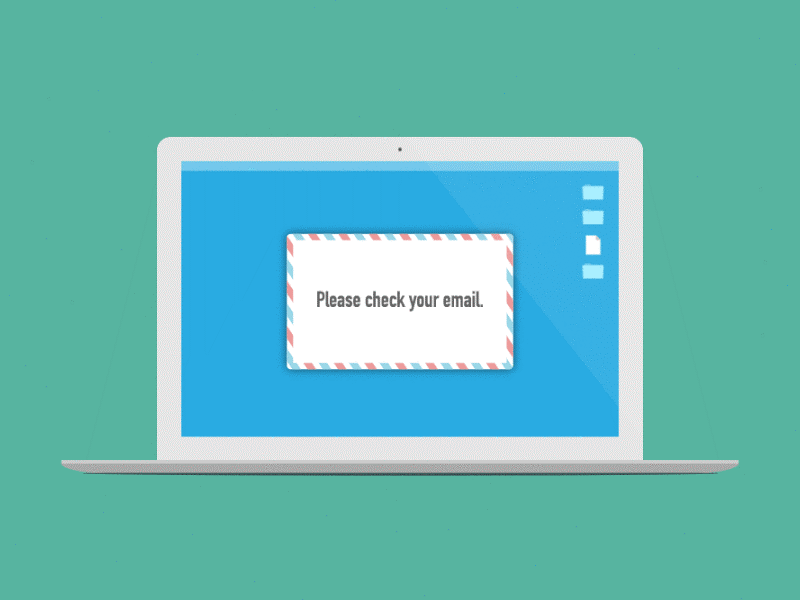
Digital & Social Articles on Business 2 Community
(110)
Report Post

